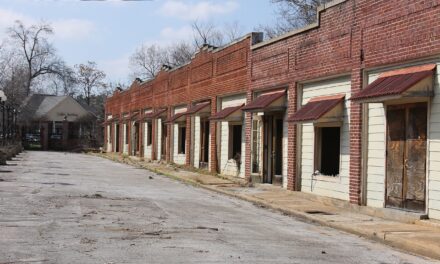How do you foresee the rate of SFR construction will trend in 2021?
- It will increase. (81%, 38 Votes)
- It will decrease. (19%, 9 Votes)
Total Voters: 47
As demand surges for new homes, builders are unable to keep up.
New residential construction sales were 20% higher than a year earlier as of November 2020, according to the National Association of Homebuilders (NAHB).
The vast majority of these sales were for homes not yet completed or even started. In fact, while total sales were up, the inventory of new homes available to occupy was down 43% from a year earlier in November 2020. This decline is due mostly to 2020’s social distancing measures, which have slowed construction dramatically, but not necessarily demand.
NAHB’s Chief Economist forecasts a decline in new home sales in the coming months, as builders catch up to the historic levels of pre-built homes sold. Builders continue to deal with social distancing measures in 2021, along with a prolonged labor shortage and the rising cost of building materials.
In the optimism department, Zillow’s interpretation of 2020’s construction data has them forecasting rising home resale inventory in 2021. In other words, the pre-built home sales purchased by current homeowners indicate a future rise in inventory as homeowners begin to list their homes for sales closer to their pre-built home’s completion date. However, this assumes that low inventory will be an issue in 2021, when in reality the expiring foreclosure moratorium will likely added more than sufficient inventory to meet homebuyer demand later this year.
More housing needed
2020’s dynamic of rising new construction sales and declining completions is yet another demonstration of the outsized demand for more housing — especially here in California.
During this last housing cycle, residential construction peaked in 2018 with 62,600 new single family residences (SFRs) started that year. However, this peak was less than half of the peak during the Millennium Boom, when 154,700 SFRs were started in 2005. Both SFR and multi-family starts declined in 2019 and continued to fall in 2020.
During the same time, California’s population continued to grow and household formations increased despite the slowdown in construction. From 2000 through 2018, the number of households increased nearly 14%, or:
- 19% for renters; and
- 5% for homeowners, according to the U.S. Census.
Meanwhile, California’s total population increased 17% during those same years, highlighting the gap between demand for housing and available inventory. This supply-and-demand gap is further evidenced by the rapid increase in both rents and home prices over the past decade.
Simply put, more residential construction is needed to meet our population’s ever-rising demand for housing. Recent legislative efforts have focused on increasing the low- and moderate-income housing stock. However, don’t expect construction completions to rise until after the pandemic response subsides.
Related article:














